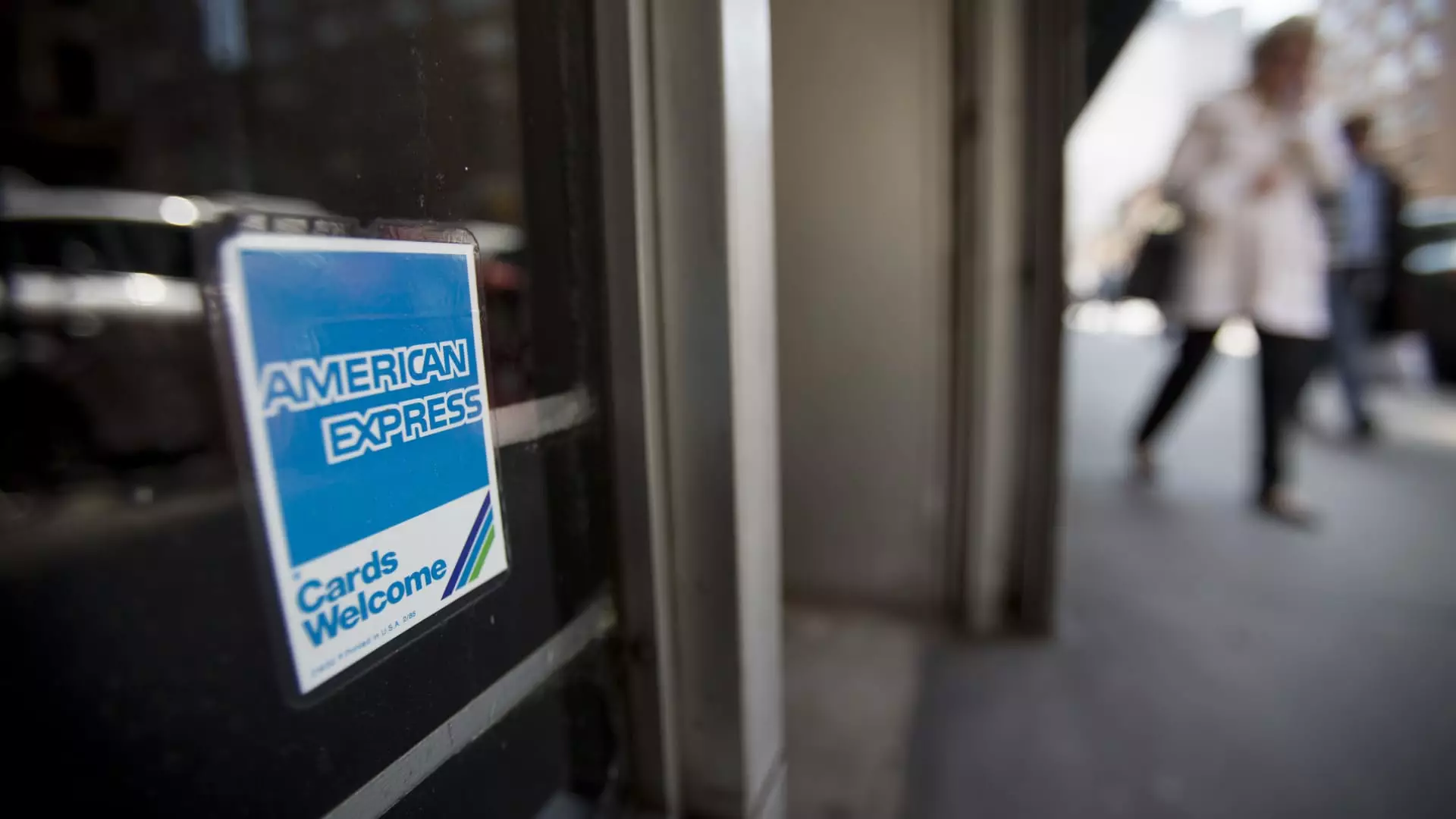American Express has long cultivated an image of exclusivity and stability by catering to an elite clientele that relishes premium travel and dining perks. This positioning has shielded it from many economic tremors, creating an illusion of invincibility. However, beneath this polished surface lies a disturbing vulnerability. Recent financial metrics reveal that the company’s core revenue streams are showing cracks — particularly in the travel sector — exposing reliance on a wealthy but increasingly cautious demographic. While total spending on Amex cards continues to grow modestly, the composition of that spending is shifting in troubling ways. The impressive 7% jump in the second quarter masks a stagnation in airline expenditures, highlighting a critical weakness that could unravel the company’s carefully maintained image.
The Mirage of Growth: An Overreliance on Luxury Spending
American Express’s optimistic reports about rising premium travel and hotel bookings paint a picture of ongoing affluence. Yet, these figures tend to obscure the broader economic realities. Airline spending, a significant instrument in the company’s revenue orchestra, has flatlined. Domestic economy class airfare is declining, with prices dropping 3.5% in June, suggesting that consumers are tightening their belts. At the same time, inflationary pressures are mounting elsewhere, and consumers are becoming more conscious of their discretionary spending. The company’s focus on high-end travel is precisely where vulnerability resides; as economy fares fall, it indicates a retreat from discretionary luxury spending. This divergence underscores a potential overdependence on a narrow segment that can shrink quickly when economic conditions tighten.
The Irony of Corporate Confidence and Market Doubt
Despite beating profit and revenue expectations, American Express’s stock performance tells a different story. The company’s shares have barely moved in 2023, trailing behind major competitors like JPMorgan Chase and Citigroup. This discrepancy begs the question: if the numbers are so promising, why is investor confidence waning? The answer is rooted in the rising costs of maintaining the luxury loyalty ecosystem. American Express faces pressure to elevate its rewards offerings and launch newer premium products, such as the revamped Platinum card, to keep its affluent customers engaged. But higher rewards mean increased spending, which fuels a cycle of rising costs that may not translate into sustained growth. The company’s challenge lies in balancing its prestigious image with the reality of an economy where consumers are increasingly price-sensitive.
The Growing Shadow of Competition and Economic Uncertainty
Adding complexity to Amex’s predicament is the escalating competition from other financial institutions eager to claim their share of the lucrative premium card market. JPMorgan Chase, Capital One, and Citigroup are stepping up their game, offering competitive rewards that threaten American Express’s dominant position. This intensifies the pressure to invest more heavily in customer acquisition and retention, often at the expense of profit margins. It’s a risky game of high-stakes brinkmanship in which the company’s perceived exclusivity might be eroded by an aggressive expansion of offers and benefits. Ultimately, American Express’s current trajectory appears precarious; a company that once thrived on its image of resilience now faces a reality where its success hinges on unsteady economic currents and cutthroat competition.

